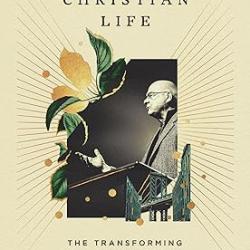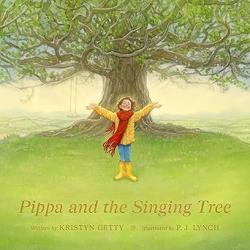This post is part of a series walking through the third volume of Abraham Kuyper’s Common Grace
Despite the similarities between church and state (for example, both have to do with restraining sin), they differ as much as common grace differs from particular grace. There are six aspects of this difference:
- Their starting point: common grace begins in creation, which was perfect and contained in seed form everything that would come in the future. Nature had in it a healing function, as our bodies do. In the very same way common grace restrains corruption from a starting point in nature both because its possibility is latent in nature and because its means are in nature.
This does not imply that common grace is automatic or undirected. It just means that it is not a new “something” added to nature, but is rather a directing of something already in nature. (Though we must be careful not to lose “the principle of divine grace as an intruding force. 125)
This is all true of the state. It is all from nature, even if only in seed form. This state develops over time and in history–even the “genius” of a nation’s founding is part of natural life.
So common grace and the Noahic covenant are both God’s moving forward of nature.
“The opposite is the situation with the church.” (126) Its origin is supernatural and grounded both in Scripture and in regeneration. Both of those are given from outside of nature. - Spheres: The sphere of each is different. And this is worth some extended discussion, since “spheres” are critical in Kuyper’s thought and we actually get something of a definition here (unlike in Kuyper’s Stone lectures, where they are largely assumed).
“The sphere is the circle in which life occurs, the compilation of all those elements that are part of existence and within which it functions.” (127)
Each sphere is organized and governed by God according to rules unique to that sphere.
The state’s sphere is in creation and ordinary natural life in the “visible realm.” (127)
The church’s sphere is “the human person as sinner”, and calls the inner man to repentance and faith. Its influence on society “is only indirect,” “not the things of creation but the things of recreation” is the church’s concern. (127-128) - Means: “The respective mode they use to manifest their activity” differs as well between church and state. (128) The state’s means are purely external, while the church’s means involve aiming at the heart and using spiritual tools (i.e. God’s Word). Urging and appeal and enticement in terms of the church, while the state uses coercion. Again, these are clearly different means.
- Character: The state’s character is involuntary on our part. We are citizens of where we live. The government has authority based on where we live, up to and including over our lives. Compulsion is still the central feature of the state’s character.
The church, by contrast, is a voluntary association. (Ignoring here past abuses.) We join or leave based on our choice, which gives us a point of unity with other believers beyond our own nation as well as a separation from those who live next door. This is one source of our “moral excellence.” (130)
Dr. Coyle Neal is co-host of the City of Man Podcast an Amazon Associate (which is linked in this blog), and an Associate Professor of Political Science at Southwest Baptist University in Bolivar, MO












